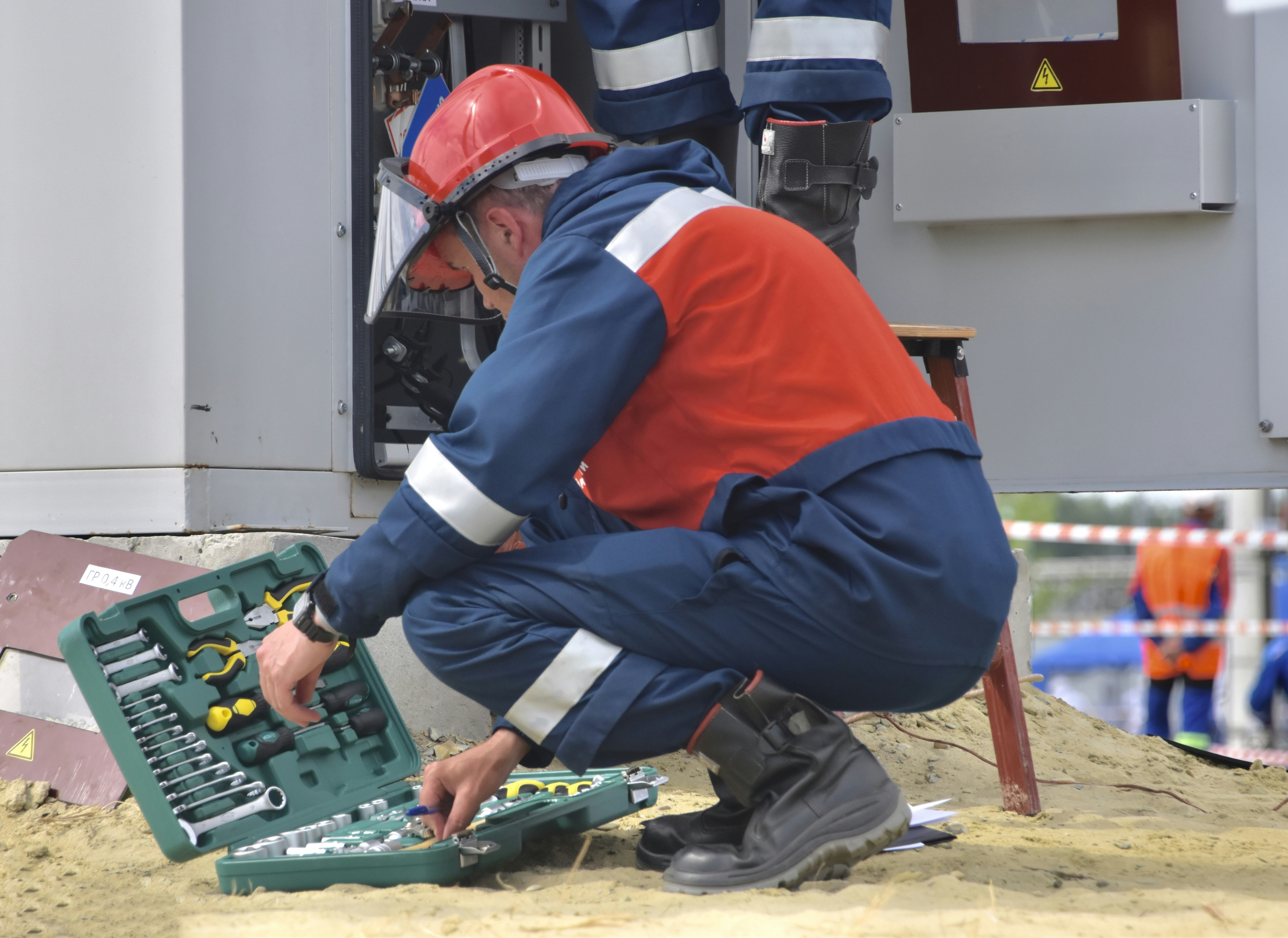Safety Fatigue Is Real: How to Keep Employees Alert Without Burnout

Workplace safety training is designed to protect employees and minimize the risks associated with their work environment. It is regarded as an indispensable right for both employees and customers.
A Harvard Business Review article states that many employers frame safety as a compliance issue. Therefore, they simply want to get it done as quickly as possible. This leads to constant pressure on employees. Over time, repeated reminders, drills, and alerts can begin to lose their impact.
This gradual desensitization to safety messages is known as safety fatigue, and it affects workers across various industries. From factory floors to corporate offices, the constant repetition of protocols can cause employees to tune out even the most important safety messages.
At first, safety fatigue can seem harmless. A missed memo here or a skipped step there may not cause immediate harm. But small lapses add up, especially in high-risk environments.
Organizations that ignore the signs of safety fatigue risk having their safety culture slowly unravel. In this article, we will look at how employers can prevent safety fatigue.
The Cost of Pushing Without Pausing
When safety becomes a nonstop conversation, drills, checklists, announcements, and audits, people eventually tune out. It's a survival mechanism. They can't maintain constant vigilance when the same warnings are delivered the same way, week after week.
This can lead to injuries due to a lack of attention, which can even lead to heavy fines and legal consequences. For instance, a Cleveland, Ohio-based metal bakeware company recently faced such penalties due to negligence. According to Business Insider, the firm faced fines of $182,000, as two workers had amputation injuries.
The injuries were caused by some fault in the machinery. Apparently, the machines were not properly maintained and secured to prevent injuries. Such mistakes can happen due to safety fatigue. In such scenarios, employees can even seek help from Cleveland injury lawyers. Lawyers can represent employees throughout the legal procedure.
According to the Piscitelli Law Firm, attorneys can help collect evidence and calculate damages for settlement. This can include medical expenses, lost wages, emotional distress, etc.
That's why it's essential to treat safety as more than just information sharing. Keeping employees alert without burning them out means recognizing that attention spans have limits and that effective safety culture respects those limits.
How can companies detect early signs of safety fatigue among their staff?
Early signs include employees rushing through checklists, reduced participation in safety meetings, and increased near-miss incidents. You might also notice disengagement during training sessions or a drop in informal safety conversations on the floor. These behavioral shifts usually happen before actual accidents occur.
Make Safety Messaging Smarter, Not Louder
Repetition alone doesn't create awareness. In fact, saying the same thing in the same way often causes people to disengage. One of the most effective ways to maintain attention is to vary how safety is communicated.
As noted in a Forbes article, there are numerous innovative communication strategies available. For example, you can choose different communication channels. Instead of another printed handout or emailed memo, consider switching to short, interactive sessions or brief scenario-based discussions.
Similarly, you can explore augmented or 3D learning opportunities to make it more engaging and fun. These feel more relevant and less like a lecture.
If something doesn't require a long explanation, say it quickly and clearly, and then move on. The goal is to keep safety reminders fresh, not overwhelming.
A well-placed sign with a sharp message can be more effective than a five-minute speech. But even visuals need to change occasionally. Swapping out posters or updating digital displays helps prevent "sign blindness," where people stop noticing what's right in front of them.
Breaks Aren't a Distraction, They're a Safety Tool
Alertness depends on energy. Without proper breaks, employees start operating on autopilot, which is when most accidents happen. Giving people time to reset their focus isn't just good for morale, it directly supports safety.
This is especially true in high-risk environments like construction sites, warehouses, and healthcare facilities. Workers are often expected to stay alert for long hours under pressure.
However, consistent mental focus requires recovery time. Regular breaks, shorter safety briefings, and the option to step away for a moment when needed can all help sustain awareness.
Employers sometimes worry that too many pauses affect productivity. But the opposite often happens: when employees are less fatigued, they're more focused, make fewer mistakes, and complete tasks more efficiently.
As a Harvard Business Review article notes, taking regular work breaks can boost employee well-being and performance. However, only a few employees follow the best practices for taking regular breaks. Employers should encourage their staff to take breaks not only from safety training but also from overall work.
What kind of break structure works best for improving safety-related focus?
The most effective structure includes frequent, short breaks that are built into the workflow rather than tacked on at the end. For example, a five-minute pause every hour helps refresh attention without losing momentum. Breaks should also allow mental downtime, not just physical rest.
Give Employees a Voice in Safety
Engagement leads to alertness. If workers are treated like passive recipients of rules, they stop thinking actively about safety. But if they're invited to share their observations, suggest changes, or point out what's not working, they become more invested.
One effective way to keep safety top of mind is to ask employees what would make safety reminders more useful to them. This could be as simple as adjusting the timing of meetings or shortening safety briefings.
When workers see that their feedback shapes the process, they're more likely to pay attention.
Safety messages should also sound like they come from real people, not scripts. A supervisor speaking honestly about a close call will connect more than a regulation-heavy lecture. Simple language, real examples, and a conversational tone help workers stay engaged.
You can even ask employees to share their experiences and communicate the importance of safety. When the people who are at risk tell their personal stories, they are more likely to connect with others.
How can employers collect safety feedback without putting employees on the spot?
Anonymous suggestion boxes, digital polls, and brief surveys enable employees to share feedback comfortably. Hosting occasional team discussions, where everyone is encouraged but not required to speak, can also help reduce pressure. Feedback tools should be easy to use and demonstrate a visible impact to foster trust.
Keeping employees alert without burning them out isn't about pushing harder. It's about working smarter. Shorter briefings, varied communication, real conversations, and well-timed breaks all help maintain awareness without draining energy.
Safety fatigue is real, but it doesn't have to take over the workplace. With the right approach, teams can stay focused, involved, and alert, without feeling overwhelmed.

.jpeg)
.jpg)